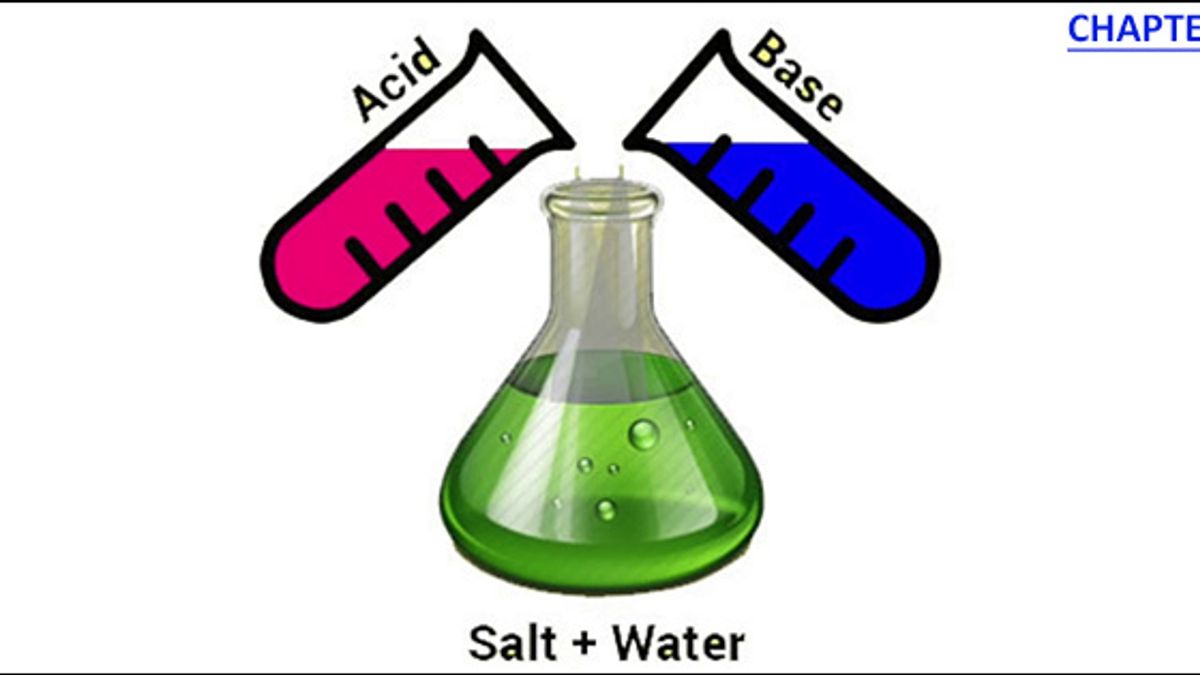35. Acids, Bases and Salts – What do they really mean?
An Introduction
Acids, to a common man, are merely known as corrosive substances. We also hear how such substances can be used in chemical warfare, but not so much about its counterpart, bases. It is not until students take up Chemistry at a higher level that they realise what these terms entail.
Acids and Bases have the potential to be highly corrosive similarly. Our chemistry tutors tend to clarify this misconception between the nature of acids and bases early on, to ensure that their students’ understanding of the subject is always accurate. In simple terms, we can distinguish between acids and bases as acids are substances that produce hydrogen ions H+ (aq)when dissolved in water where alkalis are substances that produce hydroxide ions OH- (aq) instead of when dissolved in water. This will subsequently be explained in depth to help facilitate the understanding of the nature of these substances and their unique properties.
Bronsted Acids
The well-known above-mentioned definition of an acid stems from the Ionic Theory. The following is an example of a reaction, in which a substance is dissolved in water to form an acid (Bronsted – involves donating of H+ ions)
HCL (aq) -> H+ (aq) + Cl- (aq)
Acids, as with bases, can be subdivided into strong and weak categories. A strong acid completely dissociates into its ions in an aqueous solution, while weak acids are only slightly dissociated into its ions in an aqueous solution. Through Chemistry tuition, Chemistry tutors will use these basic definitions to explain the real-life nature of strong acids, which are more corrosive given its complete ionization.
Arrehnius Bases
Like acids, alkalis can be distinguished into strong and weak categories. A sample equation of the complete ionization of an alkali to give OH- ions (Arrehnius – involves donating OH- ions) is shown below.
KOH (s) + water -> K+ (aq) + OH- (aq)
In this reaction, the substance solid potassium hydroxide, in the presence of water, completely dissociates to form its ions. The strength of a base can be deciphered by its ionization in the presence of water. In Chemistry tuition, Chemistry tutors use such equations to help students illustrate the nature of these reactions and understand how acids and bases differ upon ionization.
Distinguishing Acids and Bases
While these two substances may have similar properties in nature, they can be distinguished using the pH scale. A Chemistry tutor would express the significance of this indicator, which very simply enables students to understand not only the strength but also the type of substance present. Through Chemistry tuition, our Chemistry tutors seek to enrich their students’ understanding of the subject and even provide hands-on activities to facilitate their learning.
The pH range of solutions ranges from 1 to 14 (at room temperature), with 1 being the substance with the strongest acidity, and 14 being the substance with the strongest alkalinity, and 7 being the neutral level. The pH levels can be calculated by calculating the concentration of hydrogen or hydroxide ions in the solution and then applying a mathematical formula to give a number between the pH range.
What are Salts? Are they always neutral?
When an acid reacts with a base, it results in the formation of a salt and water. This process is known as neutralization (neutralising the opposite charges). In Chemistry tuition, Chemistry tutors explain how such reactions commonly occur to neutralize highly reactive substances, to safely dispose of such chemicals. An example of such a reaction is as follows:
2H2SO4 + 2NaOH -> Na2SO4 + 2H2O
In this reaction, sulfuric acid (strong acid) reactions with sodium hydroxide (strong base) to form sodium sulfate, the salt, a neutral substance, and water. However, the salt can be acidic or basic depending on the strength of the acid and base involved. A concept known as salt hydrolysis would be taught in our chemistry tuition.
Click HERE to read next
Chemistry Tuition Singapore @ MY CHEM CAFE
Principal Chemistry Tutor: Mr. Jacky Wong


